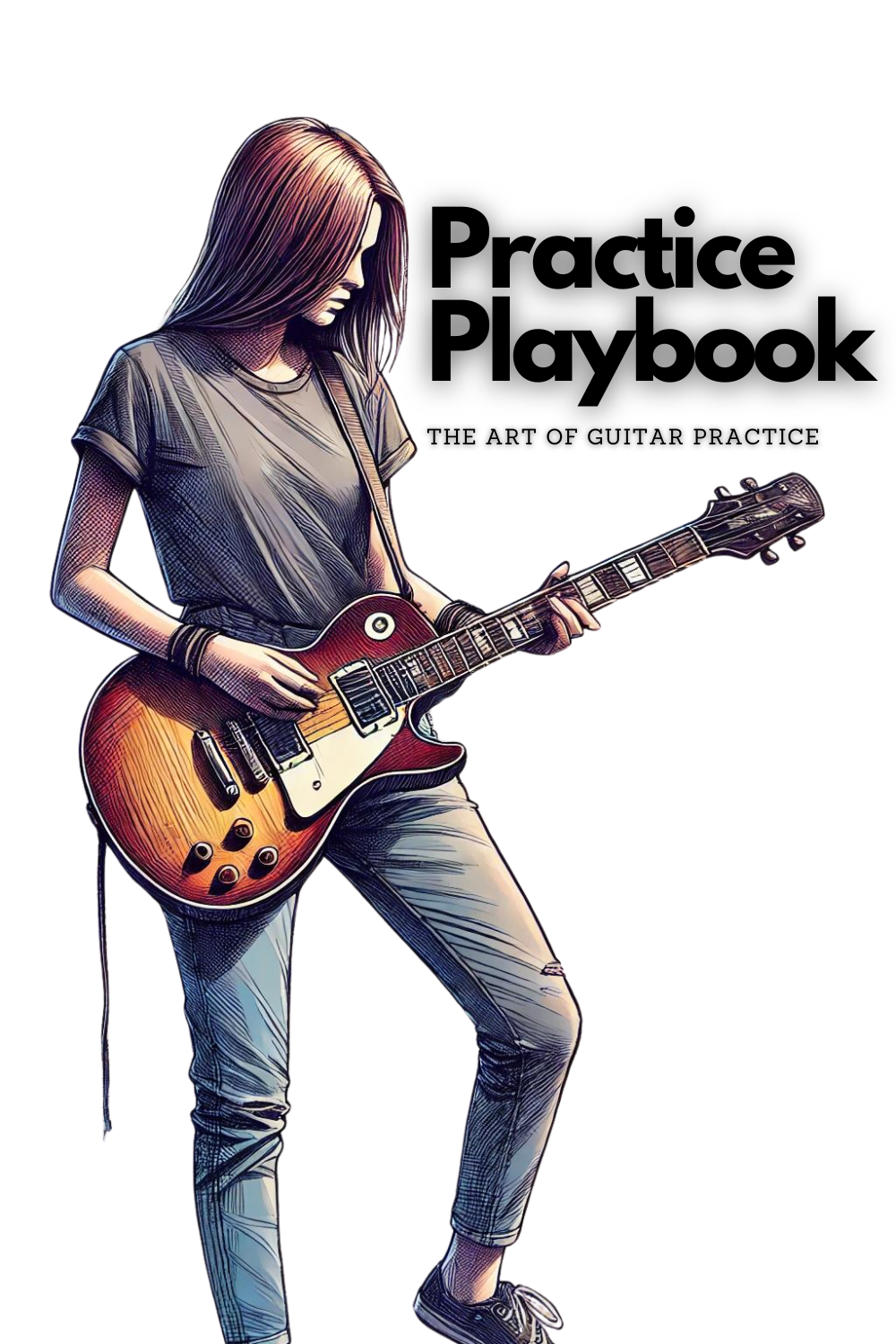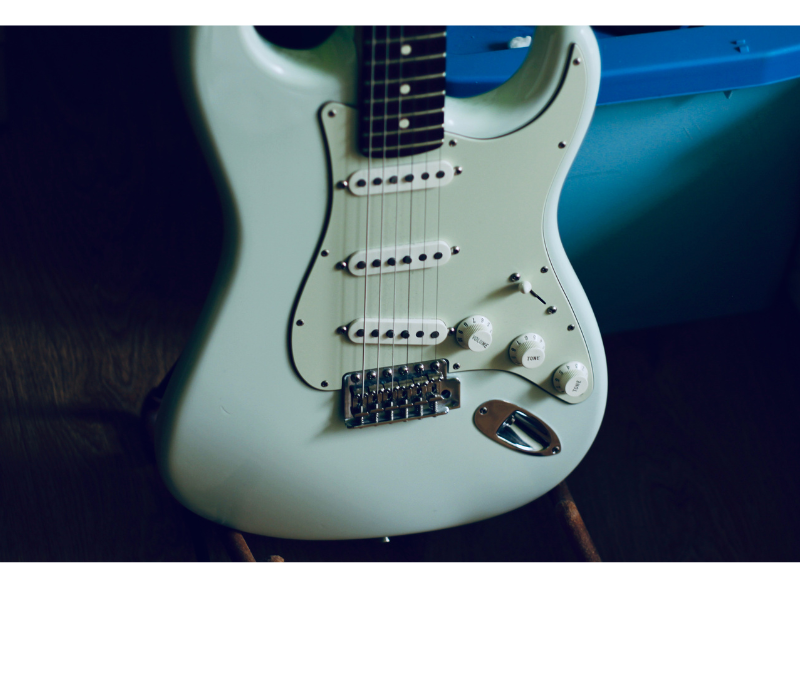The minor pentatonic scale is the backbone of blues guitar. While it’s a simple five-note scale, it offers guitarists an endless opportunity for creative expression. By understanding and mastering this essential scale, you’ll unlock the heart of blues music, enabling you to craft emotional solos, create captivating riffs, and connect with the raw spirit of the genre. In this blog post, we’ll dive deep into the minor pentatonic blues scale, explore how to use it effectively, and discuss techniques for harnessing the full power of the blues.
What is the Minor Pentatonic Blues Scale?
At its core, the minor pentatonic scale is a five-note scale made up of the root, minor third, perfect fourth, perfect fifth, and minor seventh. It is versatile, easy to learn, and fits comfortably under the fingers for guitarists. Here is the formula for the scale:
Scale Degrees: 1 – b3 – 4 – 5 – b7
In the key of A minor, the notes of the minor pentatonic scale are:
- A (root)
- C (minor third)
- D (perfect fourth)
- E (perfect fifth)
- G (minor seventh)
These notes form the backbone of blues soloing, allowing you to create soulful, expressive music.
The blues scale adds one extra note to the minor pentatonic scale: the flat fifth (b5), also known as the “blue note.” This note adds a tension that’s synonymous with blues, giving your playing a more authentic and raw sound. The complete blues scale in A minor is:
A – C – D – Eb – E – G

Download the the Practice Playbook!
Practice Playbook is a powerful guide designed to take your guitar practice sessions to the next level. Whether you’re just starting out or looking to sharpen your skills, this playbook gives you everything you need to practice smarter, not harder. With 20 unique guitar practice prompts, 10 highly effective practice methods, and 10 expertly designed practice routines, you’ll have a structured path to real progress.
Download Now
Why the Minor Pentatonic Scale is the Heart of the Blues
Blues music is about emotion, and the minor pentatonic scale allows you to communicate feelings like longing, pain, and joy through your playing. The simplicity of the scale frees you to focus on phrasing, bending, and rhythmic variation, which are key to developing your own voice as a blues guitarist.
Unlike other genres where technical complexity may dominate, blues thrives on feel and soulfulness. Guitarists like B.B. King, Eric Clapton, and Stevie Ray Vaughan used the minor pentatonic scale to create some of the most memorable and powerful solos in music history. Their mastery of this scale allowed them to transcend technical limitations and focus on the emotion behind each note.
Mastering the Five Positions of the Minor Pentatonic Scale
To truly harness the power of the minor pentatonic scale, you need to be able to play it all over the fretboard. The scale is divided into five positions (also called boxes), and learning these positions will help you seamlessly connect phrases across the neck.
1. Position 1 (Root at the 5th fret on the low E string)
- This is the most commonly used shape for beginners. It spans from the 5th to the 8th frets and is an essential position for blues solos.
2. Position 2 (Root on the 8th fret)
- Position 2 allows for smoother transitions between higher notes, giving your solos more melodic flow.
3. Position 3 (Root on the 10th fret)
- This box extends your soloing range and adds higher-pitched notes, great for emphasizing emotional climaxes.
4. Position 4 (Root at the 12th fret)
- This position offers a brighter tone and is often used for soaring lead lines. It’s frequently used in the classic rock and blues ballads.
5. Position 5 (Root on the 15th fret)
- Position 5 returns to a higher-pitched variation of Position 1. It’s ideal for high-register solos that need to cut through a mix.
Learning to navigate all five positions will give you the freedom to improvise across the entire fretboard. It also helps you build phrasing that flows naturally between octaves.
Using Phrasing to Elevate Your Solos
In blues guitar, phrasing is key. It’s not just the notes you play, but how you play them that makes the difference. Think of phrasing as the way you tell a story with your guitar.
Here are some ways to improve your phrasing when using the minor pentatonic scale:
1. Bends
- Bending notes adds a vocal-like quality to your playing, making the guitar “sing.” Focus on bending to the minor third or perfect fifth for a classic blues sound.
2. Slides
- Sliding between notes adds smoothness and fluidity to your playing. Use slides to connect different positions of the pentatonic scale for seamless transitions.
3. Vibrato
- Vibrato gives your notes more expression by adding a controlled shake. A slow, wide vibrato can make your notes sound more emotional, while a fast, narrow vibrato adds urgency.
4. Rhythmic Variation
- Blues is all about timing and groove. Experiment with the timing of your notes. Try playing behind the beat for a laid-back feel, or slightly ahead for a more urgent sound.
5. Call and Response
- This technique mimics a conversation, where one phrase (the “call”) is followed by an answer (the “response”). It’s a key element in blues and can be heard in the music of legends like B.B. King.
Using the Minor Pentatonic Scale for Blues Improvisation
One of the greatest strengths of the minor pentatonic scale is its ability to serve as a framework for improvisation. Blues guitarists often rely on improvisation to express emotion and respond to the mood of a song.
How to Start Improvising with the Minor Pentatonic Scale:
- Pick a Key: Choose a backing track in a minor key (such as A minor).
- Use Repetition: Start by repeating simple phrases within one position of the scale. As you become more comfortable, introduce new notes or rhythms.
- Add the Blue Note: The flat fifth, or blue note, is key to authentic blues solos. Add this note sparingly to create tension.
- Combine Positions: Move between the five positions of the minor pentatonic scale to cover more ground and create a more dynamic solo.
Famous Blues Guitarists and Their Use of the Minor Pentatonic Scale
Some of the greatest guitarists of all time have harnessed the power of the minor pentatonic scale to create unforgettable blues music. Here’s how a few legends used this scale in their playing:
- B.B. King: Known for his minimalistic approach, B.B. King often stuck to just a few notes of the minor pentatonic scale, focusing on his signature vibrato and bends to make each note count.
- Eric Clapton: Clapton’s blues solos, especially during his time with Cream, made extensive use of the minor pentatonic scale, often blending it with the major pentatonic scale for a more melodic approach.
- Stevie Ray Vaughan: SRV took the minor pentatonic scale and turned it into a powerful tool for his high-energy blues rock solos. His aggressive use of bends and double stops brought new life to the scale.
Conclusion: Harnessing the Power of the Blues with the Minor Pentatonic Scale
The minor pentatonic scale is essential for any blues guitarist. Its simplicity allows you to focus on developing your phrasing, dynamics, and expression—all of which are key to mastering the blues. By learning to play the scale in all positions and using techniques like bends, vibrato, and call and response, you can harness the power of the blues and take your guitar playing to new heights.
Ready to dive deeper into the world of blues guitar? Join the Guitar Freaks Hangout on Discord, where guitarists from all backgrounds share tips, jam together, and help each other grow. Let’s unlock the power of the blues together!

Download the the Practice Playbook!
Practice Playbook is a powerful guide designed to take your guitar practice sessions to the next level. Whether you’re just starting out or looking to sharpen your skills, this playbook gives you everything you need to practice smarter, not harder. With 20 unique guitar practice prompts, 10 highly effective practice methods, and 10 expertly designed practice routines, you’ll have a structured path to real progress.
Download Now










